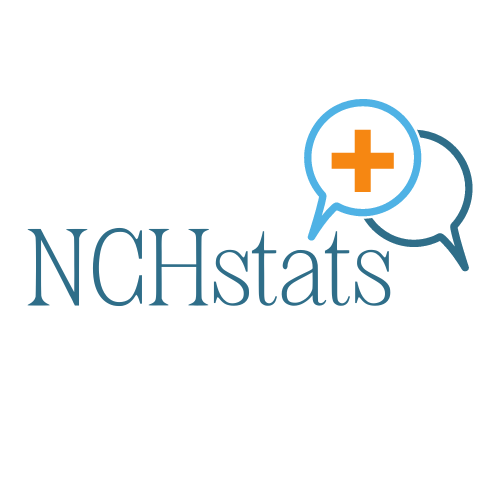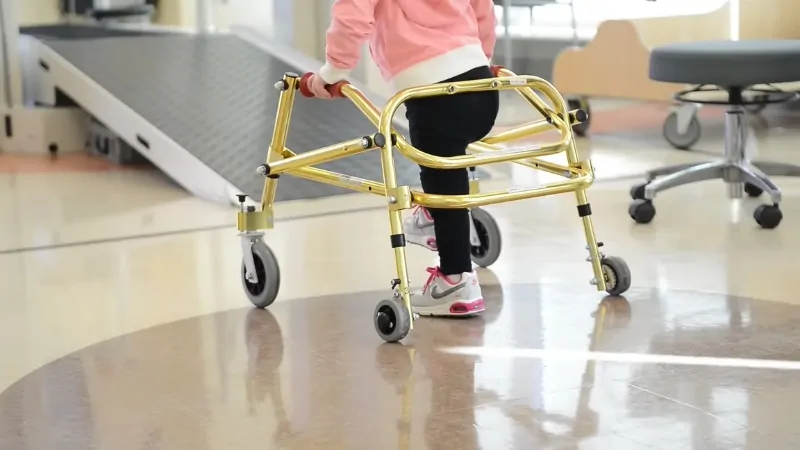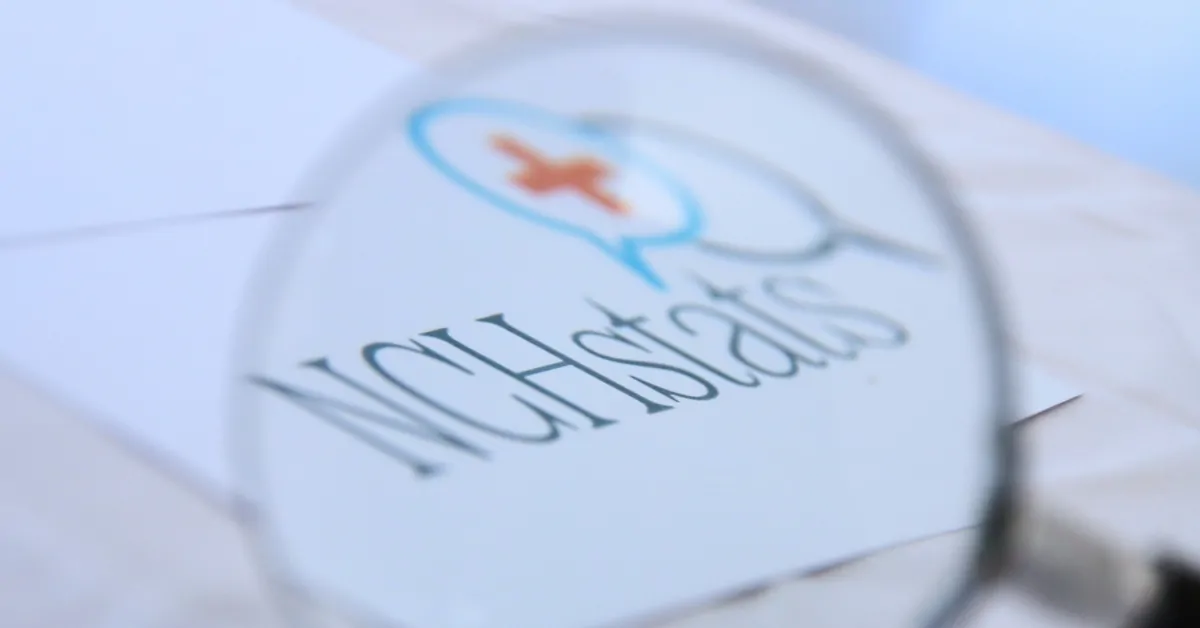Cerebral palsy (CP) remains the most common motor disability in American children, yet few realize how widespread it truly is, or how deeply it affects families, healthcare systems, and long-term public health planning.
According to the U.S. Centers for Disease Control and Prevention (CDC), roughly 1 in every 345 children is diagnosed with cerebral palsy, equating to nearly 3 cases per 1,000 8-year-olds. Nationwide, more than one million Americans live with CP today.
Behind those numbers are stories of premature births, complex neonatal care, and lifelong management of mobility challenges.
Table of Contents
ToggleKey Takeaways
- Cerebral palsy affects about 1 in 345 U.S. children, and over 1 million Americans currently live with the condition.
- Spastic CP accounts for roughly 83% of cases.
- Premature birth and low birth weight remain the strongest predictors.
- Black children face a 29% higher risk compared to white peers.
- Epilepsy (42%) and autism (7.5%) are the most common comorbidities.
- The economic burden exceeds $1.6 million per individual across a lifetime.
- CDC tracking resumes in 2024, promising long-awaited updated statistics.
- Emerging research in stem cell therapy and early detection offers cautious optimism for the next decade.
U.S. Prevalence and Demographics
| Metric | Latest Data | Notes |
| Overall Prevalence (Children) | 1 in 345 U.S. children | CDC’s ADDM Network data (2010 baseline) |
| People Living with CP (All Ages) | ~1 million Americans | Includes both children and adults |
| New Diagnoses per Year | 8,000–10,000 infants | Many were diagnosed between the ages of 1–2 |
| Most Common Type | Spastic CP (≈83%) | Characterized by muscle stiffness |
| Children Who Walk Independently | 58.9% | About 1 in 3 have limited or no walking ability |
| Co-occurring Epilepsy | 42% of children with CP | Among the highest comorbidity rates |
| Co-occurring Autism Spectrum Disorder | 7.5% | Far higher than in the general population |
| Lifetime Cost per Individual | ≈$1.6 million (2025 USD) | Adjusted from $1 million in 2003 data |
| Aggregate National Burden (born 2000) | ≈$11.5 billion | Direct and indirect costs combined |
Who Is Most Affected
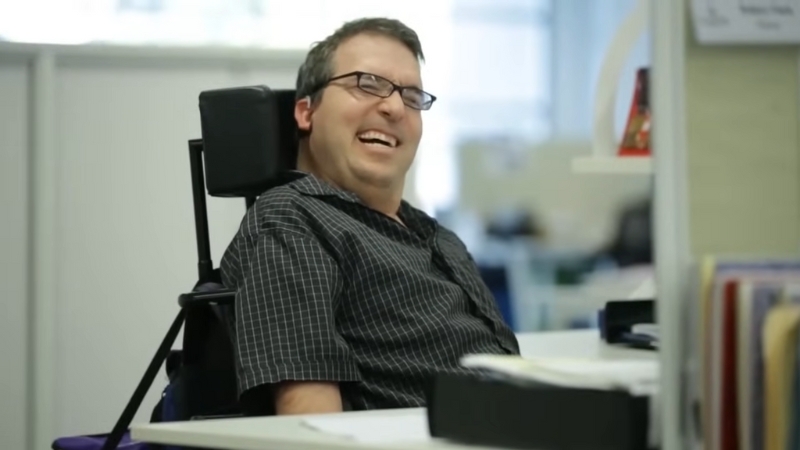
Racial and Ethnic Differences
A major California study analyzing over six million births between 1991 and 2001 found that Black children were 29% more likely to be diagnosed with CP than white children, while Asian children had a 20% lower risk.
The prevalence among Hispanic and white children was roughly equal. Researchers attribute these disparities partly to differences in prenatal care, maternal health access, and preterm birth rates.
Birth and Health Factors
- Low Birth Weight: Infants under 1,500 g (3.3 lb) were 24 times more likely to have CP than normal-weight infants.
- Prematurity: Babies born before 28 weeks were 26 times more likely to develop CP.
- Multiple Births: Twins or triplets face an elevated risk, especially if one sibling dies in utero.
- Maternal Factors: Infections like rubella or cytomegalovirus, thyroid issues, or preeclampsia significantly increase risk.
- Delivery Complications: Breech birth, oxygen deprivation, or blood flow issues during delivery are common contributing factors.
Functional Impact on Children
The CDC’s monitoring network paints a clear picture of daily life with CP. Nearly 59% of children can walk independently, 8% require a mobility aid like a walker or cane, and 33% rely on wheelchairs or have limited walking ability.
Roughly 31% use assistive equipment to play or move around, and 41% experience limitations in crawling, walking, running, or playing.
Beyond movement, co-occurring neurological conditions are common. Epilepsy affects nearly half of children with CP, and around 50% show some level of intellectual disability.
These overlapping conditions add complexity to care and influence education, therapy, and long-term independence.
The Economic Cost
Caring for someone with cerebral palsy is both emotionally and financially demanding. The CDC’s economic modeling (adjusted for 2025 dollars) places the average lifetime cost per person at $1.6 million, including medical expenses, assistive devices, and lost productivity.
Children with CP incur 10 times higher annual medical costs than peers without the condition, and if they also have intellectual disabilities, that number rises to 26 times higher, according to NCBI.
Collectively, the economic burden for all individuals with CP born in 2000 was estimated at $11.5 billion, underscoring why data-driven healthcare policy remains essential.
Current and Future Trends

Declining Prevalence in High-Income Nations
Recent global analyses show encouraging signs. The birth prevalence in high-income countries such as the U.S., Canada, and Australia has declined to 1.6 per 1,000 live births, a 30–40% drop compared to rates in the 1990s.
Better neonatal care, infection control, and prevention of premature birth complications are major factors behind this trend.
However, the decline hasn’t been evenly distributed. In low- and middle-income regions, the rate remains above 3 per 1,000, due to limited neonatal infrastructure and access to obstetric care.
Renewed CDC Surveillance
After more than a decade without updates, the CDC announced in late 2023 that it will resume national CP surveillance in 2024. Data will come from five Autism and Developmental Disabilities Monitoring (ADDM) sites across the U.S., tracking both 4- and 8-year-old children.
The new data, expected in 2025, will provide fresh insight into prevalence, racial disparities, and co-occurring conditions, helping guide resource allocation and research funding.
Research and Innovations
@adventures.of.mommy You stuck it out with me through the first round…now guess what time it is 🥰✨💉 Please please give a follow to keep up with our journey and allow us to keep affording this and similar treatments. 🫶🏼 #stemcelltherapy #cerebralpalsy #rawmotherhood #specialneedsfamily ♬ original sound – Alexa ❤︎︎
Stem Cell Therapy Trials
One of the most promising areas of research involves mesenchymal stem cells derived from umbilical cord tissue. In 2024, clinical case studies showed improvements in spasticity and gross motor function among children receiving stem cell infusions.
While still experimental, the results point toward a future where regenerative therapy could supplement physical and occupational treatment for CP.
Early Detection Tools
New screening systems like the General Movements Assessment (GMA) and Hammersmith Infant Neurological Examination (HINE) allow doctors to identify infants at high risk for CP as early as 3 to 5 months old.
Combined with MRI imaging, these tests can predict CP diagnosis with remarkable accuracy. Early detection means early intervention, physical therapy, sensory stimulation, and assistive technology during the critical window of brain plasticity.
Advances in Assistive Technology
Robotic exoskeletons, adaptive wheelchairs, speech-generating devices, and eye-tracking communication systems are changing what independence looks like for people with CP. Inclusive design in schools, workplaces, and sports programs is also expanding opportunities for participation and social inclusion.
Children with cerebral palsy often rely on customized mobility aids that evolve with their growth and daily routines. The design focus has shifted toward comfort and autonomy, lightweight frames, adjustable supports, and easier maneuvering for indoor use.
Pediatric models such as those available from ShopHomeMed illustrate how modern wheelchairs now emphasize both function and independence, giving children more control over how they move through school or therapy environments without drawing unnecessary attention to the equipment itself.
Global Perspective
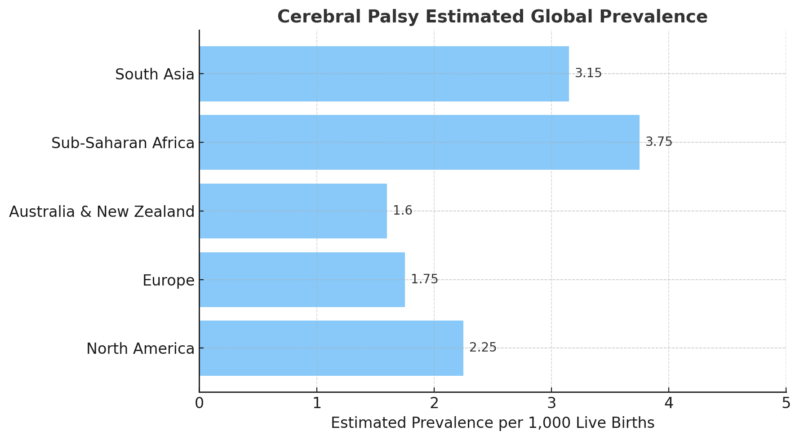
Worldwide, an estimated 18 million people live with cerebral palsy, according to CPARF. While high-income nations have seen progress, developing countries face greater challenges in diagnosis, treatment access, and disability inclusion.
International initiatives led by organizations such as the Cerebral Palsy Alliance Research Foundation are working to close that gap through telemedicine, low-cost therapy tools, and global data registries.
Conclusion
Cerebral palsy affects far more than movement; it shapes how individuals grow, learn, and connect with the world around them. The data shows that while medical advances have reduced the number of new cases, the long-term impact on families remains significant.
Living with CP today often means navigating a landscape of therapies, adaptive technology, and healthcare systems that still vary widely in access and quality.
Real progress comes not only from scientific breakthroughs but also from designing daily life around independence and dignity. From early diagnosis to better mobility aids and community-based support, each improvement helps children and adults with CP take more ownership of their routines and goals.
As new data emerges from the CDC and as innovations like stem cell research mature, understanding cerebral palsy is no longer just about counting cases; it’s about redefining capability and inclusion across every stage of life.
Related Posts:
- South Dakota Population in 2025 - Key Statistics and…
- North Dakota’s Population Data in 2025 - Key…
- Oregon Population in 2025 - Key Insights and Data
- Tennessee’s Population Growth in 2025 - Key Insights…
- Wisconsin’s Population Data in 2025 - Key Insights…
- Arizona Population Statistics 2025 - 12 Key Data and…
